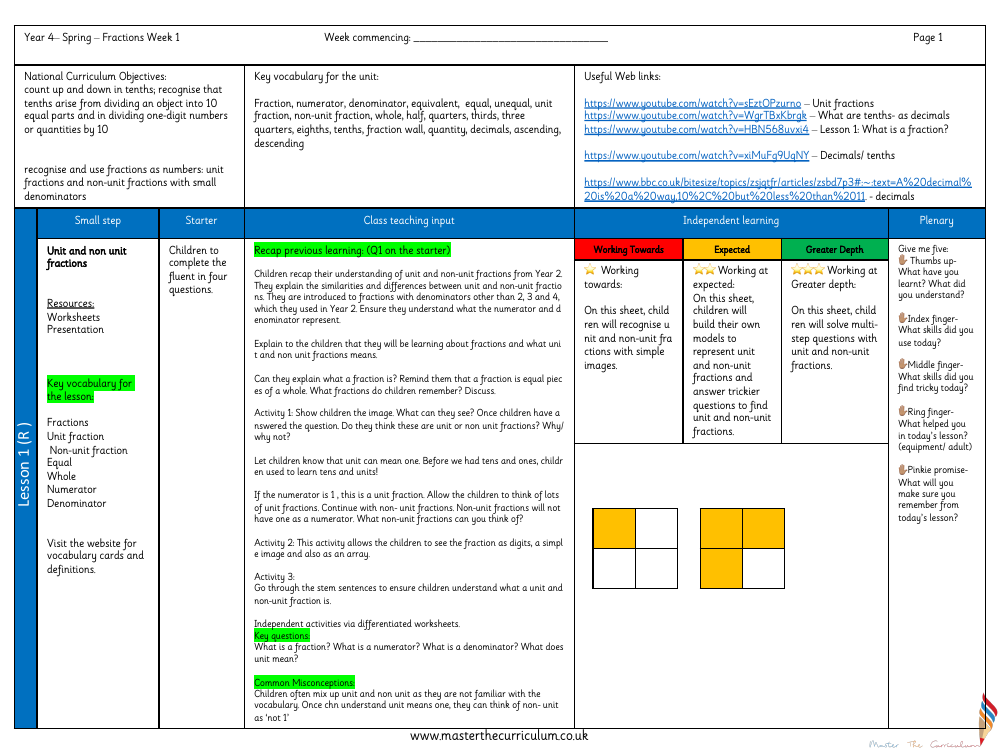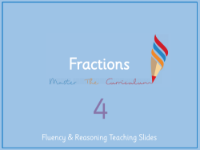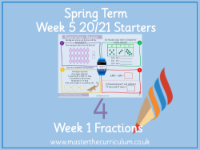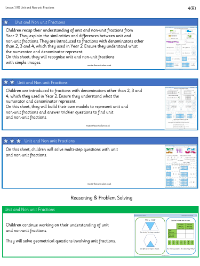Fractions - Unit and non unit fractions - Planning

Maths Resource Description
In the Year 4 Spring term, students embark on a journey through the world of fractions, with a focus on unit and non-unit fractions. The National Curriculum objectives set the stage for learning, which includes counting in tenths, understanding the division of objects into equal parts, and recognizing fractions as numbers. The key vocabulary for the unit encompasses terms such as 'fraction', 'numerator', 'denominator', and various fraction types, which are crucial for the children's understanding of the topic. During the lesson, children revisit concepts from Year 2, comparing unit and non-unit fractions, and expand their knowledge to include fractions with smaller denominators. They engage in activities that help them visualize fractions as digits, images, and arrays, and work through differentiated worksheets to reinforce their learning.
Throughout the lesson, children are encouraged to articulate what a fraction is, identify unit fractions (where the numerator is one), and explore non-unit fractions (where the numerator is not one). The teaching input is designed to clarify the meaning of 'unit' and help students differentiate between unit and non-unit fractions. A series of activities and independent learning tasks are used to solidify their understanding, while the plenary session allows for reflection on what they have learned, the skills they have used, and any difficulties they have encountered. To cater to different levels of understanding, the lesson plan includes worksheets for working towards expected levels, expected levels, and greater depth, each progressively challenging the students to recognize, model, and solve problems involving unit and non-unit fractions.



